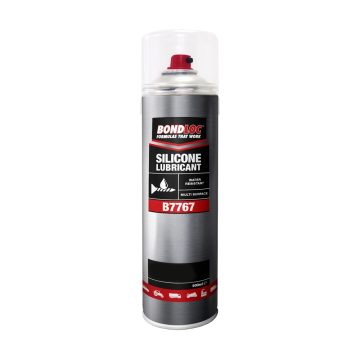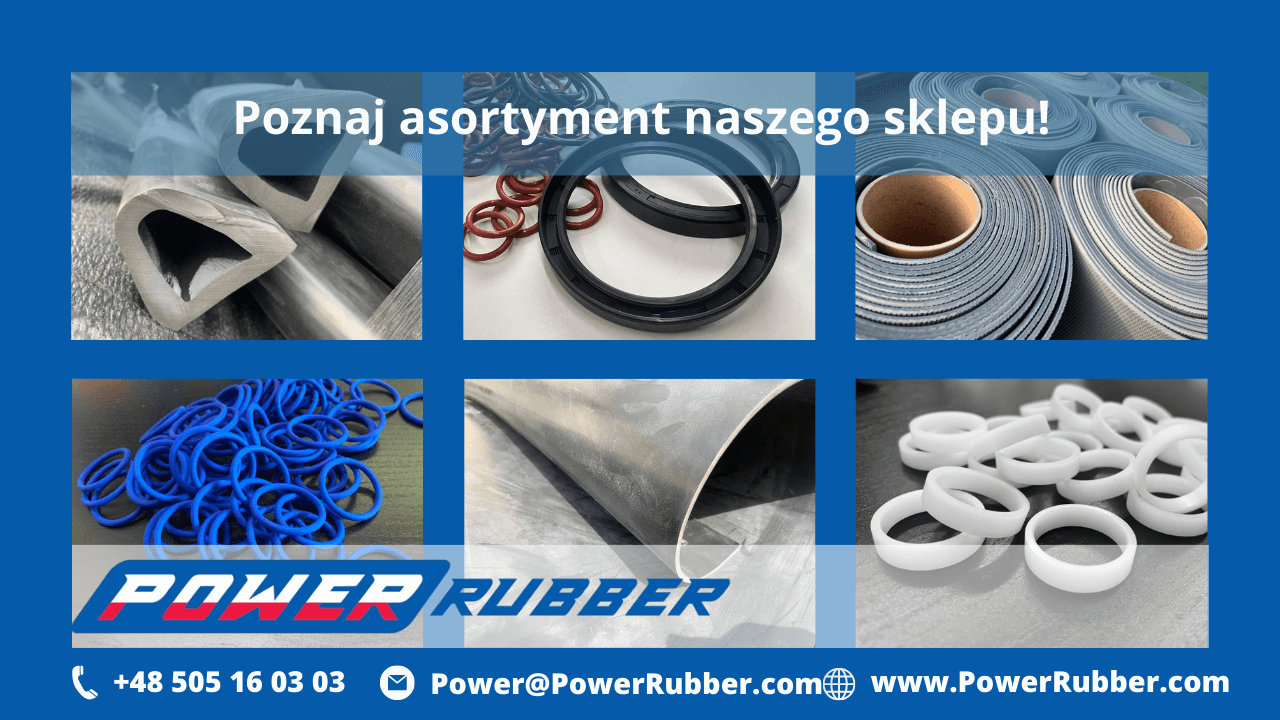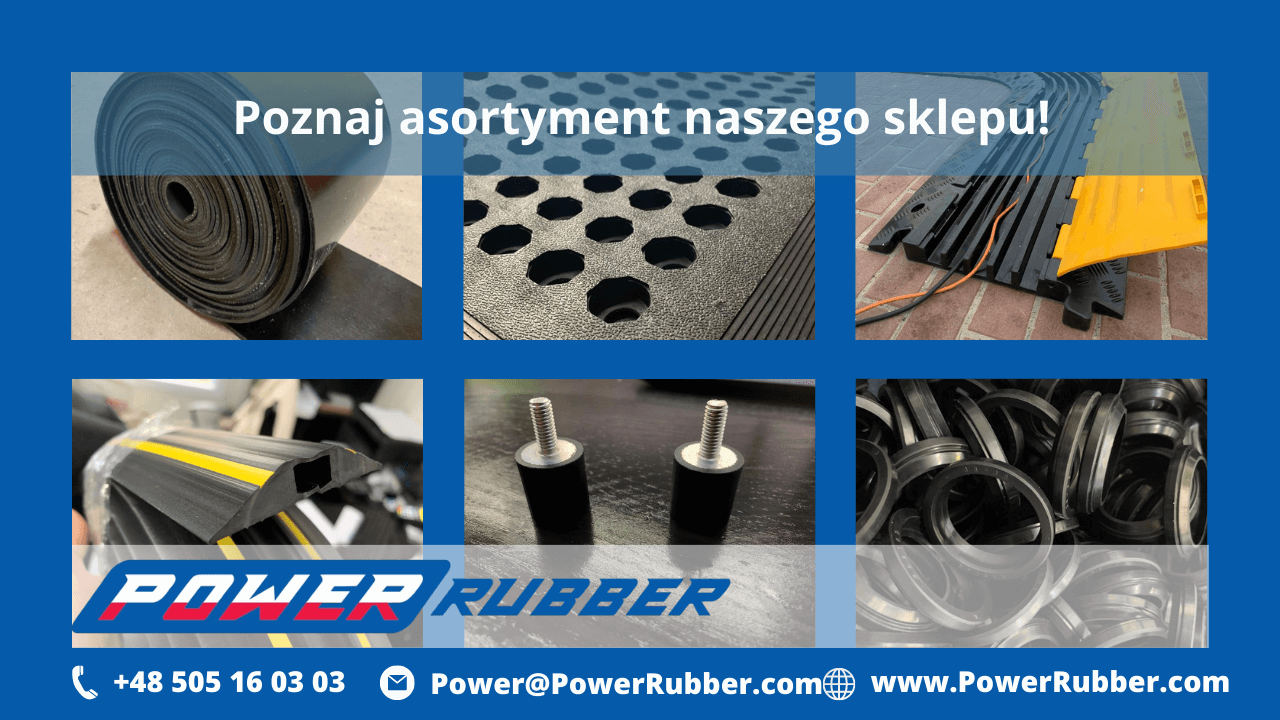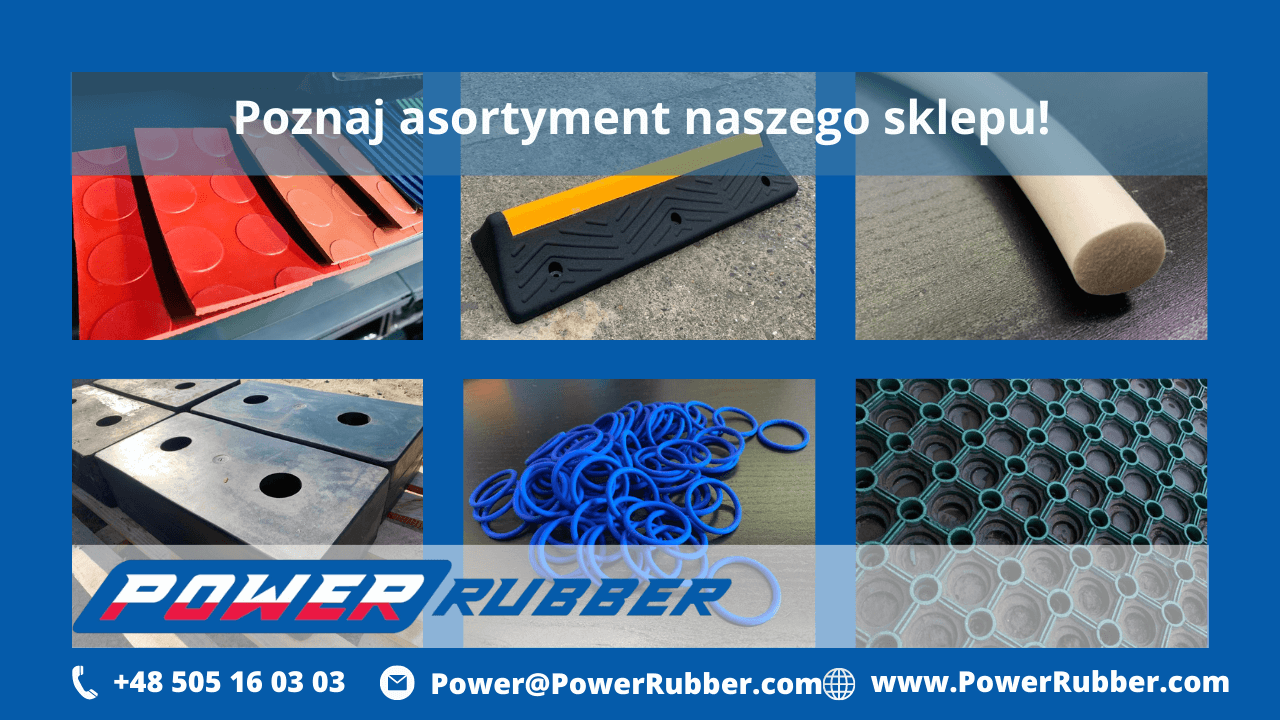What to Use on Car Seals – A Practical Guide
Rubber gaskets in a car are elements that prevent moisture, air, and noise from entering the vehicle through gaps, and also provide protection against weather conditions. They create a tight seal around doors, windows, sunroofs, and trunks, thus keeping the vehicle's interior dry. Maintaining car gaskets ensures their excellent and long-lasting performance.
Why is it worth taking care of gaskets?
Over time, under the influence of low temperatures and sunlight, rubber gaskets can lose their elasticity, harden, crumble, and become damaged. As a result of intensive vehicle use, constant opening and closing of doors, the rubber elements wear out and deteriorate.
Why is it worth maintaining gaskets?
Maintenance cares for rubber elements and makes them flexible and soft. It prevents crumbling and cracking, and also ensures a long life for the gaskets. Regular maintenance is required for rubber door and trunk gaskets, as they seal areas that prevent dust, dirt, and other contaminants from entering.
Poor condition of gaskets can cause problems with window fogging and leaks, making it easier for moisture to get inside. This creates ideal conditions for the growth of fungi and bacteria, as well as the formation of mold and rust.
Protecting the gaskets ensures that the rubber is cleaned and regains its original color. A preserved gasket creates a tight barrier between different parts of the vehicle, which also helps to reduce the noise that enters the car's interior. However, some gaskets unfortunately need to be replaced with new ones.
Replacing gaskets with new ones is necessary when:
-
the appearance of the gaskets has changed (the rubber has completely changed its shape and is flat)
-
the soundproofing in the car has decreased (when closing the doors, you only hear the sound of striking metal)
-
you notice that rainwater is getting through a faulty gasket through your car door
-
you hear wind noise through the car door
What should you use to lubricate car gaskets to avoid replacement and ensure their performance and long-lasting durability?
We will help you keep your rubber gaskets in good condition!
What to lubricate car gaskets with?
The right products for car gaskets are silicone spray and technical petroleum jelly. These are the products best suited for rubber maintenance.
Silicone spray for gaskets
If you are interested in a solution that will facilitate regular car maintenance, silicone spray is perfect for automotive applications.
Silicone for gaskets is a product that will help you take care of them. It is odorless and non-toxic. It is highly waterproof and stable over a wide range of temperatures (it does not harden or melt). At Power Rubber, we recommend silicone for gaskets because it also has good dielectric properties. It is a universal agent that lubricates and protects surfaces for a long time.
Discover its advantages, here they are:
-
effective protection against corrosion (helps prevent rust and corrosion)
-
versatile application (suitable for lubricating car doors, trunks, window guides, and other vehicle parts, protects electrical connections from corrosion)
-
suitable for use in harsh conditions (protects gaskets from freezing)
-
waterproof (protects against moisture penetration)
-
protects plastic and metal surfaces from damage caused by UV radiation
-
allows for lubrication of hard-to-reach places
-
easy to apply (the product can be applied directly to the gasket; available in spray, stick, or liquid with applicator form)
Silicone spray lubricates, impregnates, and nourishes rubber gaskets. After use, it leaves no residue on their surface. However, it leaves a thin, odorless film that protects the rubber from excessive wear.

How to use silicone spray?
Simply spray the product on a clean and dry surface from a distance of about 25-30 cm. Remove excess silicone with a clean cloth. Done!
Where to buy sealing silicone?
You can buy high-quality sealing silicone in our Power Rubber store. To place an order or get more information about the product, please contact us: power|powerrubber.com| rel="nofollow"|Power|PowerRubber.com
Technical petroleum jelly
An alternative to silicone is technical petroleum jelly. It is a thick substance obtained from the refining of crude oil. The product is odorless and has very good lubricating properties. Petroleum jelly is intended for the protection of metal parts and devices, as well as rubber gaskets, against weather conditions and corrosion. It protects car gaskets in winter, preventing them from freezing.
This anti-corrosive product is resistant to UV radiation, thus protecting the rubber from drying, crumbling, and discoloration. Petroleum jelly can be used to grease leather products (e.g., upholstery) and plastics.
How to protect gaskets in a car?
In the previous part of the article, we learned what to use to lubricate car gaskets. Now we will explain, step by step, how to protect them:
Step 1 - Cleaning
First, remove dirt, dust, and moisture. The gaskets in the doors or sunroof should be clean and dry.
Step 2 - Application of the product
Apply the care and maintenance product evenly on the gasket surface. The method of applying the gasket product depends on the chosen type. If you are using silicone spray, spray it on the surface from a distance of about 25-30 cm. Some also use glycerin or technical petroleum jelly to protect the gaskets from freezing. Wait for the product to be absorbed by the rubber. Remove any excess with a clean cloth. Done!
Rubber elements should be maintained after every visit to the car wash.
What to use to protect car gaskets from freezing?
Frozen gaskets often make it impossible to open the car doors. Drivers often tug on the handle and try to force the door open, which can lead to damage to the gasket (e.g., creating gaps in the rubber structure). Do not try home remedies, like pouring hot water on the gaskets - this can cause the window to crack, as well as worsen the problem of freezing gaskets. Instead of using a de-icer, it is better to take care of the proper protection of the rubber gaskets in advance.
How to protect gaskets and what to lubricate them with to prevent them from freezing?
Low temperatures (frost) can cause stiffness and brittleness of car gaskets. In winter, gaskets can become more susceptible to tearing and ripping. Through any cracks and gaps, moisture can get into the car's cabin and freeze the doors when the temperature drops below zero. A gasket sticking to the door frame can damage it, worsen insulation, and even be the cause of damage to the doors themselves or the trunk lid if excessive force is used to open them.
Freezing rain, fog, snow - these are typical causes of frozen gaskets. But this can be prevented!
Proper care of car gaskets using silicone-based products will ensure long-lasting performance. Maintenance protects the gaskets from moisture build-up and, when the temperature drops, from sticking to the door frame. The product prevents sticking, aging, and cracking of the rubber in high humidity and negative temperatures. Thanks to its hydrophobic properties, it improves sealing and thermal insulation.

You can buy car gasket maintenance products at the Power Rubber store
If you want to take care of the rubber gaskets around the doors, trunk, sunroof, and also avoid the problem of frozen doors, we invite you to familiarize yourself with the wide range of our products intended for rubber maintenance.
At the Power Rubber store, we offer silicone spray and technical petroleum jelly, which prevent cracks and wear of the structural elements of the doors or trunk. Get rid of the problems with opening doors in winter conditions!
If you have any questions about the care and maintenance of car gaskets, just
contact our Specialists by phone: +48 22 292 40 24 or +48 50 516 03 03, or by email (power|powerrubber.com| rel="nofollow"|Power|PowerRubber.com) or through our contact form





